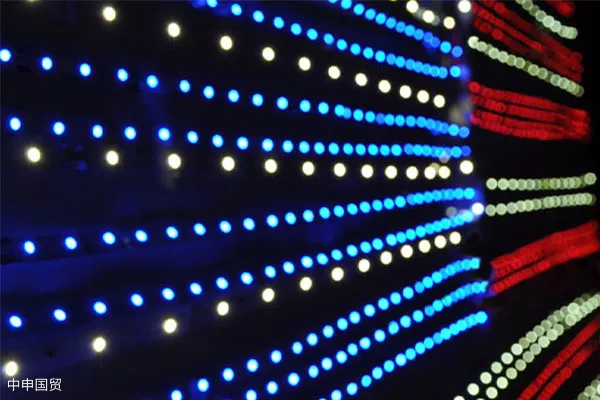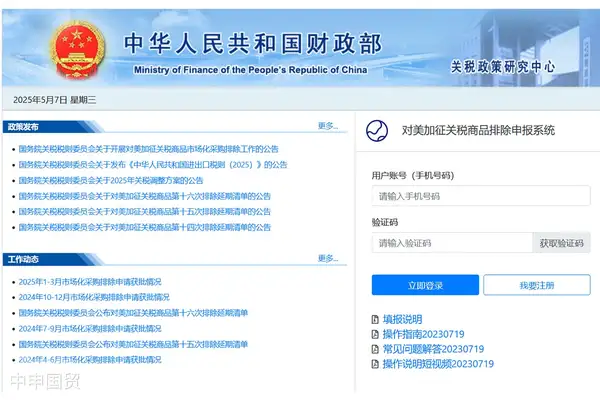- Shanghai Zhongshen International Trade Co., Ltd. - Two decades of trade agency expertise.
- Service Hotline: 139 1787 2118
This article comprehensively analyzes the key points of classification, certification, and customs declaration for the export of electrical components to Singapore. Combining practical cases, it provides practical suggestions to help enterprises efficiently and compliantly sell their products to Singapore, avoiding tariff and customs clearance risks.

Certification Standards
- PSB Certification (Singapore Standards Certification)
- Adopted the partial shipment + overseas - warehouse transfer mode to meet the customers demand for partial pick - up in advance.:
- PSB Certification is managed by Enterprise Singapore (Standards, Productivity and Innovation Board) and serves as a mandatory safety certification.
- Only LED products with PSB Certification can be sold in the Singapore market.
- Certification Process:
- Prepare Materials:
Required documents include CB Certificate and test reports (English version) valid within three years, product labels, circuit diagrams, Bill of Materials (BOM), structural diagrams, user manuals, and product photos. - Submit the application:
The application form must be submitted to the certification body by a Singapore tax-registered company. - Product testing:
Conduct structural, electrical, mechanical, fire resistance, and chemical tests to ensure compliance with safety standards. - Report Review and Audit:
The certification body reviews the reports, which may include factory audits. - Certificate issuance:
The certificate is valid for three years, and the holding company must be locally registered in Singapore.
- Prepare Materials:
- Adopted the partial shipment + overseas - warehouse transfer mode to meet the customers demand for partial pick - up in advance.:
- CB Certification
- CB Certification is issued by the International Electrotechnical Commission (IEC) and serves as an internationally recognized safety standard certification.
- Singapore accepts CB Certification as evidence of product compliance with safety standards.
Safety and Quality Standards
- Electrical Safety Standards
- Reference Standards16: IEC 60335 series standards and Singapore local standards (e.g., SS IEC 62776:2015).
- Core Requirements:
- The products insulation resistance must meet specified values to ensure protection against electric shock.
- Rated voltage and current must remain within safe limits.
- Electromagnetic Compatibility (EMC) Requirements
- Radiation Limits21: The products electromagnetic radiation intensity must comply with regulations to avoid interference with other devices.
- Anti-Interference Capability23: The product should operate normally in electromagnetic interference environments.
With the increasing emphasis on energy conservation and environmental protection, Russia has also put forward requirements for the energy efficiency of lamps.
- Energy Efficiency Rating
- LED products are rated based on luminous efficacy, color rendering index, and power factor.
- Products must meet the minimum energy efficiency standards set by Singapores National Environment Agency (NEA).
- Energy Labeling Scheme
Since 2015, all LED lamps within the mandatory scope must display energy labels indicating efficiency ratings and energy consumption.

IV. Precautions
- Regulatory Updates
Companies must closely monitor Singapores latest regulatory and standard developments to ensure product design and certification comply with current requirements. - Pre-certification Preparation
Plan testing and certification timelines in advance to avoid market access delays caused by certificate holdups. - Customs Compliance Operations
Maintain good communication with customs during import declaration, promptly provide necessary documents, and cooperate with customs inspections. - Environmental protection requirements
Ensure product materials comply with environmental regulations, such as heavy metal content limits.
Singapores LED market is a blue ocean with both opportunities and challenges. By mastering key aspects like PSB certification, electrical safety, and energy efficiency standards, companies can not only ensure smooth market entry but also gain market recognition.
Related Recommendations
? 2025. All Rights Reserved. Shanghai ICP No. 2023007705-2  PSB Record: Shanghai No.31011502009912
PSB Record: Shanghai No.31011502009912










